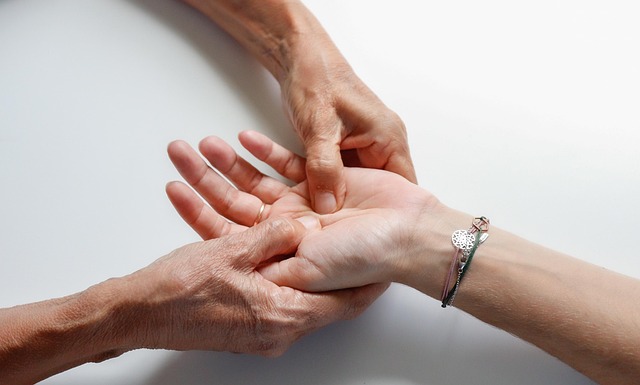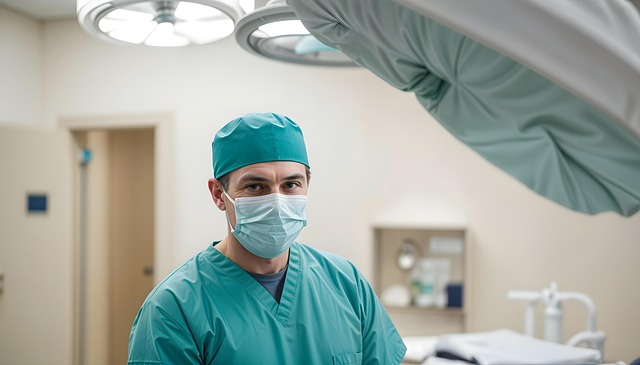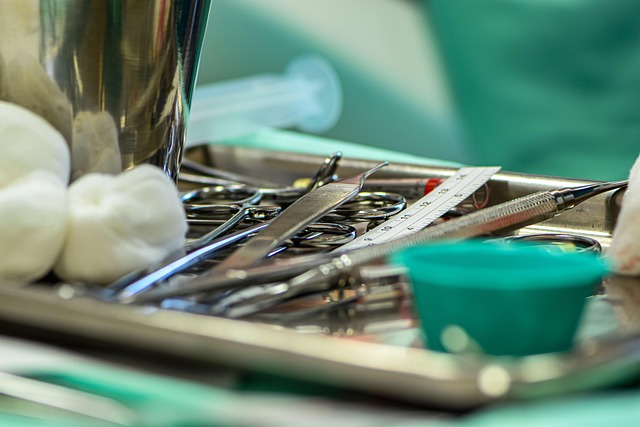Surgical skin tag removal involves local anesthesia and precise excision techniques to ensure effectiveness and minimal scarring. Post-operative care is crucial for healing, including cleanliness, avoiding scratching, and regular bandage changes. Pre-operative prep includes stopping blood thinners, fasting, and disclosing medical history for optimal outcomes.
“Curious about the effective surgical skin tag removal technique? This comprehensive guide explores the crucial role of anesthesia in ensuring a smooth and comfortable procedure. From understanding these benign growths to post-surgical care, we demystify the process. Anesthesia plays a pivotal part in managing discomfort during the excision, offering various options tailored to individual needs. Discover the step-by-step surgical procedure, essential for achieving clean and precise results. Learn valuable tips for recovery, ensuring optimal healing.”
- Understanding Skin Tags and Anesthesia's Role
- The Surgical Procedure: Step-by-Step Guide
- Post-Surgical Care and Recovery Tips
Understanding Skin Tags and Anesthesia's Role

Skin tags, also known as acrochordons, are small, soft lumps that can appear anywhere on the body, often hanging from the neck, armpits, or groin area. While they are generally harmless, some individuals opt for their removal due to aesthetic concerns or discomfort caused by their location. Surgical skin tag removal is a common procedure, and understanding the role of anesthesia in this process is essential.
Anesthesia plays a crucial role in any surgical procedure, ensuring patient comfort and safety during the operation. In the context of skin tag removal, local anesthesia is typically used to numb the affected area. This not only minimizes discomfort for the patient but also allows the surgeon to work with precision, enabling effective and precise removal of the tags using various techniques, such as cutting or burning. For those considering private skin tag removal in Plymouth or Chelmsford, understanding the anesthesia aspect of the procedure can help alleviate concerns and provide a clearer picture of what to expect during the surgery.
The Surgical Procedure: Step-by-Step Guide

The surgical removal of skin tags involves a precise and delicate process to ensure effective and safe elimination. This procedure typically follows a step-by-step guide that begins with a comprehensive consultation to assess the patient’s medical history, discuss expectations, and determine the most suitable technique for each individual skin tag. During the operation, the surgeon will first administer local anesthesia to numb the area surrounding the skin tag, ensuring minimal discomfort.
Next, using sterile instruments, the dermatologist or surgeon carefully excises the skin tag at its base, often utilizing a scalpel or specialized hooks. The goal is to remove the entire growth with precise incisions to minimize scarring and potential complications. After excision, the wound is meticulously closed using sutures or adhesive strips. Patients are then provided with detailed aftercare instructions, which may include keeping the area clean, avoiding strenuous activities, and protecting the skin from irritation or further trauma, answering queries like ‘can skin tags be removed at home safely?’ effectively through this clinical setting.
Post-Surgical Care and Recovery Tips

After surgical skin tag removal, proper post-surgical care is essential for optimal healing and to reduce potential complications. Patients should be advised to keep the treated area clean and dry, gently washing it with mild soap and water. It’s crucial to avoid scratching or rubbing the site, as this can disrupt the healing process. A sterile bandage or dressing, provided by the surgeon, should be changed regularly, following the recommended schedule. During the initial days, patients might experience some discomfort, redness, and swelling, which are normal parts of the healing process. Over-the-counter pain relievers can help manage any mild pain.
To ensure the best recovery from skin tag removal surgery, there are several top tips for preparing for skin tag surgery to consider. Patients should refrain from taking blood-thinning medications or supplements for a week before the procedure to prevent excessive bleeding. Fasting for at least 6 hours before surgery is also recommended to avoid any potential nausea or discomfort. Additionally, it’s vital to inform your surgeon about any underlying medical conditions or current medications, as this can impact the surgical process and recovery time. Following these pre-operative instructions will contribute to a smoother procedure and faster healing, whether you’re considering skin tag removal Maidstone, Blackpool, or elsewhere.
Anesthesia plays a vital role in ensuring a comfortable and effective surgical skin tag removal procedure. By numbing the affected area, it minimizes discomfort during the operation, making it a crucial component of the overall treatment experience. Utilizing the right anesthesia techniques allows for a safer and more precise surgical skin tag removal technique, leading to faster recovery and improved patient satisfaction.
